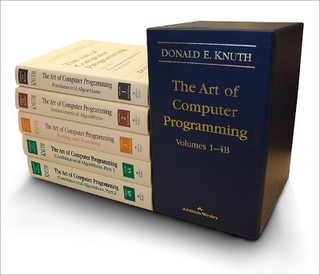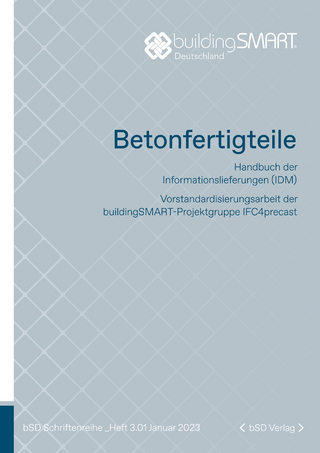
Mobile Channel Characteristics
Seiten
2000
|
2002 ed.
Springer
978-0-7923-7926-3 (ISBN)
Springer
978-0-7923-7926-3 (ISBN)
- Titel ist leider vergriffen;
keine Neuauflage - Artikel merken
Mobile Channel Characteristics introduces the principal transmission phenomena of mobile and personal communication - the ones that affect design of modems, channel simulators, smart antennas, and other system components at the physical level. It is designed to be accessible to senior undergraduates, as well as graduate students and working engineers. The treatment parallels mathematical derivations with intuitive explanations and simple approximations in order to develop the reader's understanding of the phenomena. Because of this strong tutorial flavor, the text is also suitable for those entering the area from a different academic discipline.
Mobile Channel Characteristics was conceived and written as an interactive text to be viewed on a computer screen. It includes many features not found in conventional texts:
The entire text resides on your hard drive. It is always ready, just a mouse-click away;
It is a live document. Try different parameter values, and the equations, tables and graphs recalculate as you watch. Animated graphics illustrate dynamics of the channel. Explore propagation, modulation or system models interactively to gain additional insight;
The examples and appendices are `tear-off design sheets'. You can use their programs on the job or in your thesis to speed up your work;
It links you to the world. Hyperlinks connect you to websites of cited authors, to online research journals, and to employers and graduate schools, all through the Internet.
Mobile Channel Characteristics includes working programs for three different methods of channel gain generation for fading channel simulation, as well as working programs to illustrate their use.
Mobile Channel Characteristics is an essential reference tool for practising engineers, researchers, academics, and students. It is a self-study text equally suited for classroom use.
Mobile Channel Characteristics was conceived and written as an interactive text to be viewed on a computer screen. It includes many features not found in conventional texts:
The entire text resides on your hard drive. It is always ready, just a mouse-click away;
It is a live document. Try different parameter values, and the equations, tables and graphs recalculate as you watch. Animated graphics illustrate dynamics of the channel. Explore propagation, modulation or system models interactively to gain additional insight;
The examples and appendices are `tear-off design sheets'. You can use their programs on the job or in your thesis to speed up your work;
It links you to the world. Hyperlinks connect you to websites of cited authors, to online research journals, and to employers and graduate schools, all through the Internet.
Mobile Channel Characteristics includes working programs for three different methods of channel gain generation for fading channel simulation, as well as working programs to illustrate their use.
Mobile Channel Characteristics is an essential reference tool for practising engineers, researchers, academics, and students. It is a self-study text equally suited for classroom use.
Path Loss.- Shadowing.- Fading and Delay Spread.- First Order Statistics of Fading.- Second Order Statistics of Fading.- Connecting Fading Statistics with Performance.- A Gallery of Channels.- Differences Between Mobile and Base Correlations.- Simulating Fading Channels.
| Erscheint lt. Verlag | 30.9.2000 |
|---|---|
| Reihe/Serie | The Springer International Series in Engineering and Computer Science ; 555 |
| Zusatzinfo | XII, 227 p. With CD-ROM. |
| Verlagsort | Dordrecht |
| Sprache | englisch |
| Gewicht | 558 g |
| Themenwelt | Mathematik / Informatik ► Informatik |
| Technik ► Elektrotechnik / Energietechnik | |
| Technik ► Nachrichtentechnik | |
| ISBN-10 | 0-7923-7926-8 / 0792379268 |
| ISBN-13 | 978-0-7923-7926-3 / 9780792379263 |
| Zustand | Neuware |
| Haben Sie eine Frage zum Produkt? |
Mehr entdecken
aus dem Bereich
aus dem Bereich
Media-Kombination (2023)
Addison Wesley
379,95 €
Media-Kombination (2024)
Pearson Education Limited
108,95 €
Handbuch der Informationslieferungen (IDM)
Media-Kombination (2023)
bSD Verlag - Haus der Bundespressekonferenz / 4103
49,40 €


